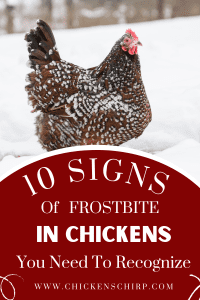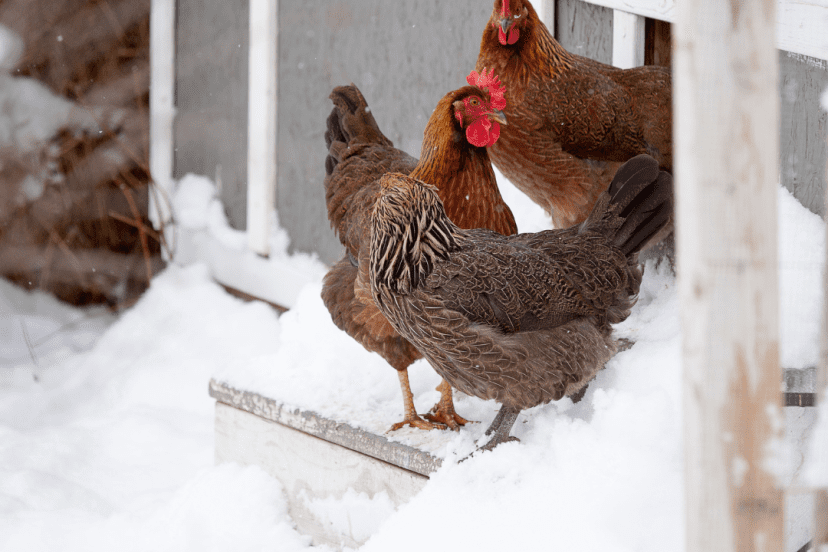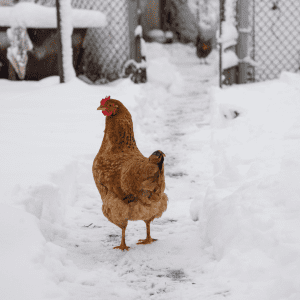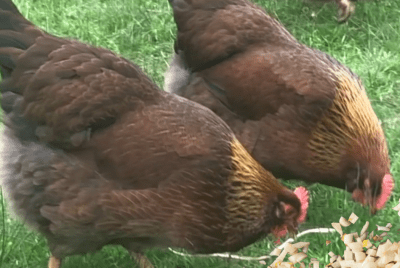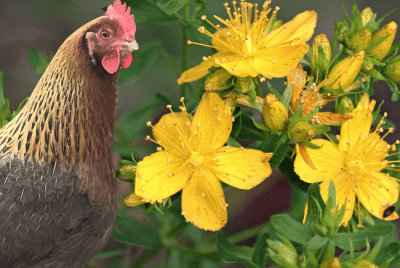Frostbite In Chickens
Frostbite in Chickens
1. Top 12 Signs Of Frostbite In Chickens And How To Treat Them
Many poultry owners may not realize that frostbite can pose a serious threat to their beloved chickens during cold winter months. Recognizing the signs of frostbite early on is crucial for the well-being of your flock. Here we discuss the top 10 signs of frostbite in chickens and provide effective treatment options to help your feathered friends stay healthy and happy.
2. Recognizing Frostbite in Chickens
2.1. Changes in Skin Color
Before we can treat frostbite in chickens, it’s crucial to recognize the signs. One common indicator of frostbite in chickens is changes in skin color. Keep an eye out for any areas on your chicken’s comb, wattles, or feet that turn pale or blue in color.
2.2. Swelling and Blisters
To effectively address frostbite, it’s important to understand the symptoms. Swelling and blisters are also common signs of frostbite in chickens. If you notice any areas of your chicken’s skin becoming swollen, or if blisters develop, it could indicate frostbite.
This can lead to serious tissue damage if left untreated, so it’s important to act promptly. Swelling and blisters are not only painful for your chickens but can also increase the risk of infection. Monitor these symptoms closely and take action to prevent further complications.
3. Immediate Actions to Take
3.1. Bringing Your Chickens Indoors
If you suspect that your chickens are experiencing frostbite, it’s crucial to bring them indoors immediately. Find a warm, dry area where they can rest comfortably away from the cold weather. This will help prevent further damage and allow them to start warming up.
3.2. Providing Warmth without Causing Burns
Immediate actions to take include using heat lamps or heated pads to warm up your chickens. However, it’s important to be cautious and ensure that the heat source is not too close to the birds, as this could cause burns. Monitor them closely to make sure they are warming up safely.
Providing warmth without causing burns is crucial in treating frostbite in chickens. Be sure to place the heat source at a safe distance to prevent any further harm to your birds.
Bringing your chickens indoors is the best way to protect them from the cold temperatures and allow them to start recovering from frostbite. Keep them in a warm, dry environment to help them heal and prevent any further damage.
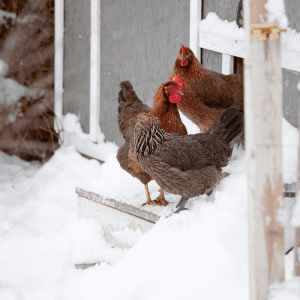
4. Essential Long-Term Treatment Strategies
4.1. Managing Pain and Preventing Infection
Pain management is crucial for chickens suffering from frostbite. To help alleviate discomfort, you can provide them with pain relief medication prescribed by a veterinarian. It’s also important to keep the frostbitten areas clean and dry to prevent infection. Regularly changing bedding, applying antiseptic ointment, and keeping the coop well-ventilated can aid in the healing process and reduce the risk of complications.
4.2. Adjusting the Coop for Future Prevention
To prevent frostbite in the future, make adjustments to the chicken coop. Insulate the coop with straw or blankets to help retain heat during cold weather. Ensure proper ventilation to prevent moisture buildup, which can contribute to frostbite. Additionally, consider installing a heat source, such as a heat lamp or heated water bowl, to keep the coop warm. Providing extra roosting bars or platforms can also help chickens keep their feet off the cold ground. You could even put in raised platform in the winter for the chickens to stand on. OR, put extra straw on the floor and do the deep litter method.
Another important consideration is maintaining good coop hygiene. Regularly clean the coop to prevent the accumulation of moisture and waste, which can lead to frostbite. Inspect your chickens regularly for any signs of frostbite, and seek prompt veterinary care if you notice any symptoms worsening. By implementing these preventative measures, you can help keep your flock healthy and comfortable during the winter months.
5. Integrating Chickens into Your Greenhouse

6. When to Seek Professional Help
It’s necessary to monitor your chickens closely for signs of frostbite. If you notice severe symptoms like blackened skin, deep ulcers, or gangrene, it’s time to seek professional help from a veterinarian. These symptoms indicate that the frostbite has progressed to a severe stage, requiring prompt medical attention to prevent further complications.6.1.
6.1. Identifying Severe Cases
Cases of severe frostbite in chickens may present with blackened skin, deep ulcers, or gangrene. These advanced symptoms require immediate veterinary intervention to prevent the condition from worsening and affecting the bird’s overall health.
6.2. When Home Remedies Aren’t Enough
Cases where home remedies such as warm baths and gentle cleaning do not improve the frostbitten areas signal a need for professional help.
Some severe frostbite cases may require surgical intervention or specialized treatments to aid in the healing process and prevent further complications.
Another key point to remember is that delaying professional help in severe frostbite cases can lead to permanent tissue damage or even death.
It’s crucial to act promptly and seek veterinary care when home remedies are no longer effective in treating the frostbitten areas.
Summing up
Here is a recap:
Treating frostbite in chickens involves careful management since the damaged tissues are fragile and susceptible to further injury. Here’s how you might address the signs of frostbite:
1. Discoloration:
Gently warm the affected area with warm water (not hot) at around 104°F (40°C). Do not use direct heat. After warming, dry the area thoroughly.
2. Swelling:
After rewarming, you can apply a thin layer of aloe vera or an antibiotic ointment without pain relief to reduce swelling and prevent infection. Keep the chicken in a warm, dry place.
3. Cold to the touch:
Gradual rewarming is key. Sudden temperature changes can worsen the damage. Use the warm water method mentioned previously.
4. Lethargy:
Provide a warm, stress-free environment for the chicken to recover. Ensure they have easy access to food and water.
5. Reduced appetite:
Offer tempting, high-energy foods like corn or mealworms to encourage eating. Make sure water is always available and not frozen.
6. Blisters:
Do not puncture blisters as this can lead to infection. Keep the area clean and monitor for signs of infection.
7. Dry, brittle texture:
Keep the area moisturized with a recommended veterinary ointment. Avoid creams with cortisone or pain relief additives.
8. Shriveling:
This is a sign of tissue death, and there’s no reversal for it. Keep the area clean and protected, and consult a veterinarian.
9. Gangrene:
This is a medical emergency. A vet may need to remove dead tissue to prevent the spread of infection.
10. Behavior changes:
Provide pain management as prescribed by a veterinarian. Chickens may need to be separated to prevent pecking by others and to allow for healing.
Throughout treatment, it’s important to keep the chicken in a clean, dry, and warm environment to prevent further frostbite. Monitor the bird closely for signs of recovery or worsening conditions, and adjust care as needed. Always consult with a veterinarian for the best course of action, as they can provide specific treatments and antibiotics if an infection is present or likely.With this in mind, it is important to be familiar with the top 10 signs of frostbite in chickens and how to treat them. By recognizing the symptoms early and providing proper care and protection, you can help your feathered friends stay healthy during the cold winter months. Remember to regularly check on your chickens, keep their coop well-insulated, and provide them with warmth and comfort to prevent frostbite.
It is good to know how to treat frostbite in chickens but its also good to know how to prevent frostbite in chickens. Click on this link to find out how.
You may also find these articles very useful:
Why put Lavender in Your Chicken Coop
Rose Petals in Your Chicken Coop
How to protect your Chickens From Hawks and Eagles
Ways to Keep Chickens Cool This Summer
